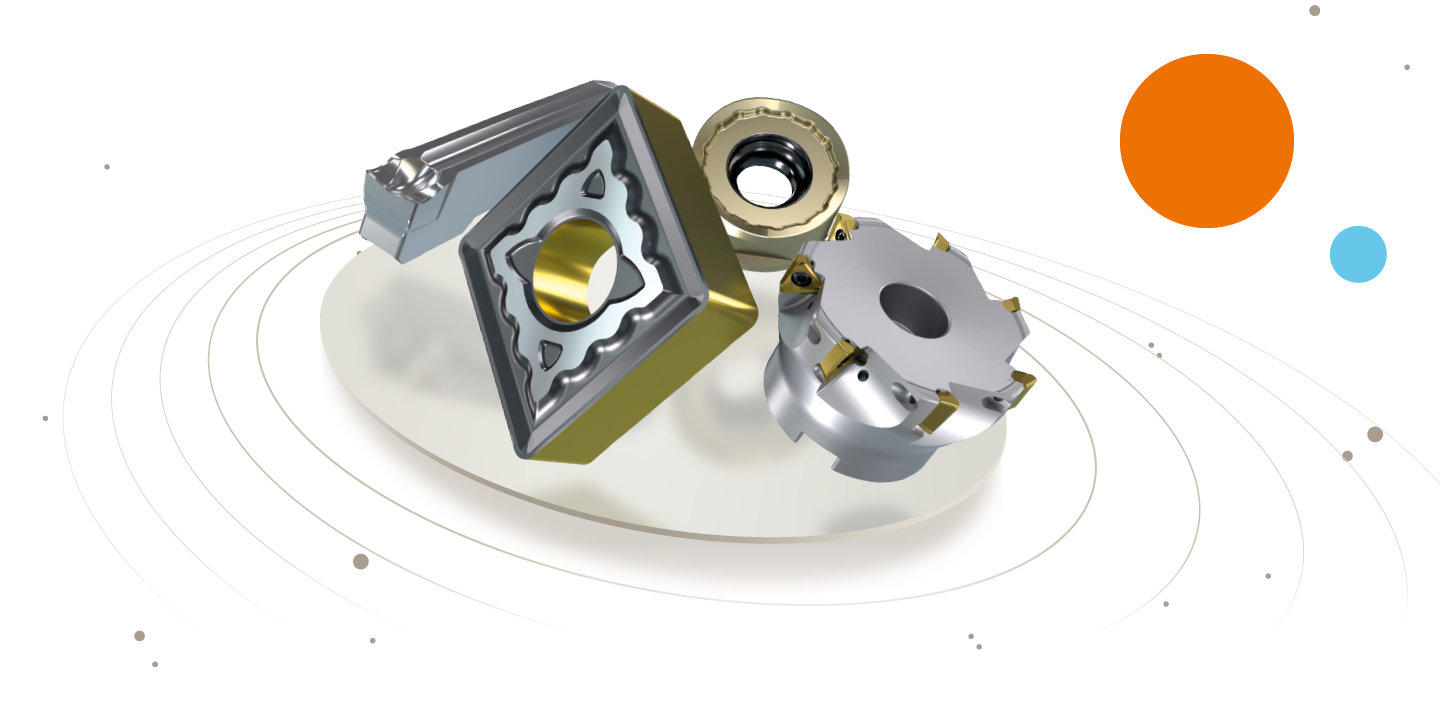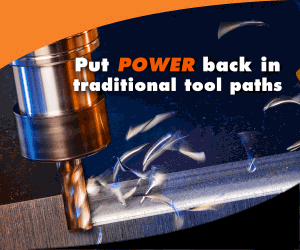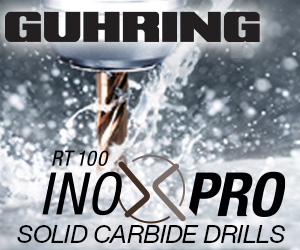
Dormer Pramet is expanding its portfolio of indexable tools with the launch of high-performance turning and milling solutions.
Designed to maximize productivity, these tools combine enhanced precision, durability, and efficiency, empowering manufacturers to go beyond limits in their operations, according to the company.
The new Dormer Pramet tools feature advanced materials, innovative designs, and next-generation coatings. The company adds that they deliver the reliability and efficiency needed to tackle today’s toughest machining challenges.
New turning products
The latest additions to the Dormer Pramet turning range include:
- T5415 CVD grade: Ideal for turning nodular cast iron and ISO H group materials, T5415 offers outstanding durability in interrupted cuts and improved wear detection, ensuring reliability in high-performance turning operations.
- KM chipbreaker: Designed for ISO K group materials, the KM chipbreaker features a wide T-land and positive rake angle for smoother, more consistent cuts. When paired with the T5415 grade, it provides excellent stability, process security, and performance in medium turning applications.
- GL. S-PM inserts: Designed for deep parting-off and grooving of non-ferrous materials and titanium-based superalloys, these inserts deliver superior wear resistance and extended tool life, ensuring reliable performance even in continuous or slightly interrupted cuts.
New milling products
Dormer Pramet milling innovations for 2025 include:
- STD series for shoulder milling: Featuring triangular inserts and four adaptable cutters, the versatile STD series handles light, medium, rough, and aluminum machining with depths of cut up to 11 mm, offering cost-effective and flexible solutions.
- SRN series for copy milling: This economical series includes double-sided round inserts with eight cutting edges, maximizing material removal rates and reducing costs by up to 20%. SRN provides smooth cutting and enhanced stability for high-performance applications in aerospace, energy, and other industries.
“These offerings represent not only our latest technological advancements but also the unified strength of Dormer Pramet as a master brand”, said Eduardo Martin, President of Dormer Pramet. “This marks the beginning of a new era where our combined expertise delivers innovative, sustainable, and customer-focused solutions.”
Contact Details
Related Glossary Terms
- chemical vapor deposition ( CVD)
chemical vapor deposition ( CVD)
High-temperature (1,000° C or higher), atmosphere-controlled process in which a chemical reaction is induced for the purpose of depositing a coating 2µm to 12µm thick on a tool’s surface. See coated tools; PVD, physical vapor deposition.
- chipbreaker
chipbreaker
Groove or other tool geometry that breaks chips into small fragments as they come off the workpiece. Designed to prevent chips from becoming so long that they are difficult to control, catch in turning parts and cause safety problems.
- gang cutting ( milling)
gang cutting ( milling)
Machining with several cutters mounted on a single arbor, generally for simultaneous cutting.
- grooving
grooving
Machining grooves and shallow channels. Example: grooving ball-bearing raceways. Typically performed by tools that are capable of light cuts at high feed rates. Imparts high-quality finish.
- milling
milling
Machining operation in which metal or other material is removed by applying power to a rotating cutter. In vertical milling, the cutting tool is mounted vertically on the spindle. In horizontal milling, the cutting tool is mounted horizontally, either directly on the spindle or on an arbor. Horizontal milling is further broken down into conventional milling, where the cutter rotates opposite the direction of feed, or “up” into the workpiece; and climb milling, where the cutter rotates in the direction of feed, or “down” into the workpiece. Milling operations include plane or surface milling, endmilling, facemilling, angle milling, form milling and profiling.
- rake
rake
Angle of inclination between the face of the cutting tool and the workpiece. If the face of the tool lies in a plane through the axis of the workpiece, the tool is said to have a neutral, or zero, rake. If the inclination of the tool face makes the cutting edge more acute than when the rake angle is zero, the rake is positive. If the inclination of the tool face makes the cutting edge less acute or more blunt than when the rake angle is zero, the rake is negative.
- superalloys
superalloys
Tough, difficult-to-machine alloys; includes Hastelloy, Inconel and Monel. Many are nickel-base metals.
- turning
turning
Workpiece is held in a chuck, mounted on a face plate or secured between centers and rotated while a cutting tool, normally a single-point tool, is fed into it along its periphery or across its end or face. Takes the form of straight turning (cutting along the periphery of the workpiece); taper turning (creating a taper); step turning (turning different-size diameters on the same work); chamfering (beveling an edge or shoulder); facing (cutting on an end); turning threads (usually external but can be internal); roughing (high-volume metal removal); and finishing (final light cuts). Performed on lathes, turning centers, chucking machines, automatic screw machines and similar machines.
- wear resistance
wear resistance
Ability of the tool to withstand stresses that cause it to wear during cutting; an attribute linked to alloy composition, base material, thermal conditions, type of tooling and operation and other variables.







